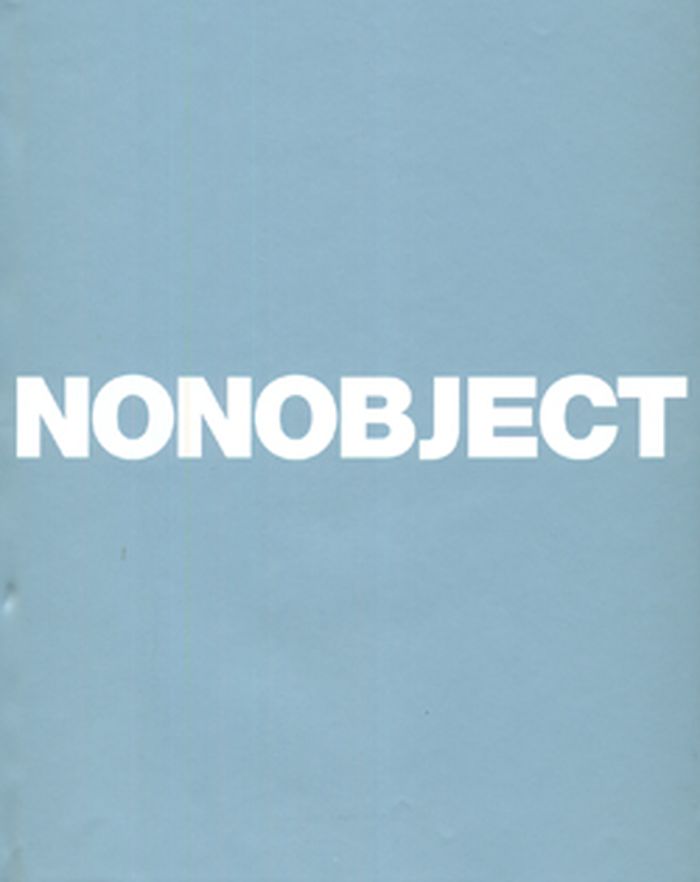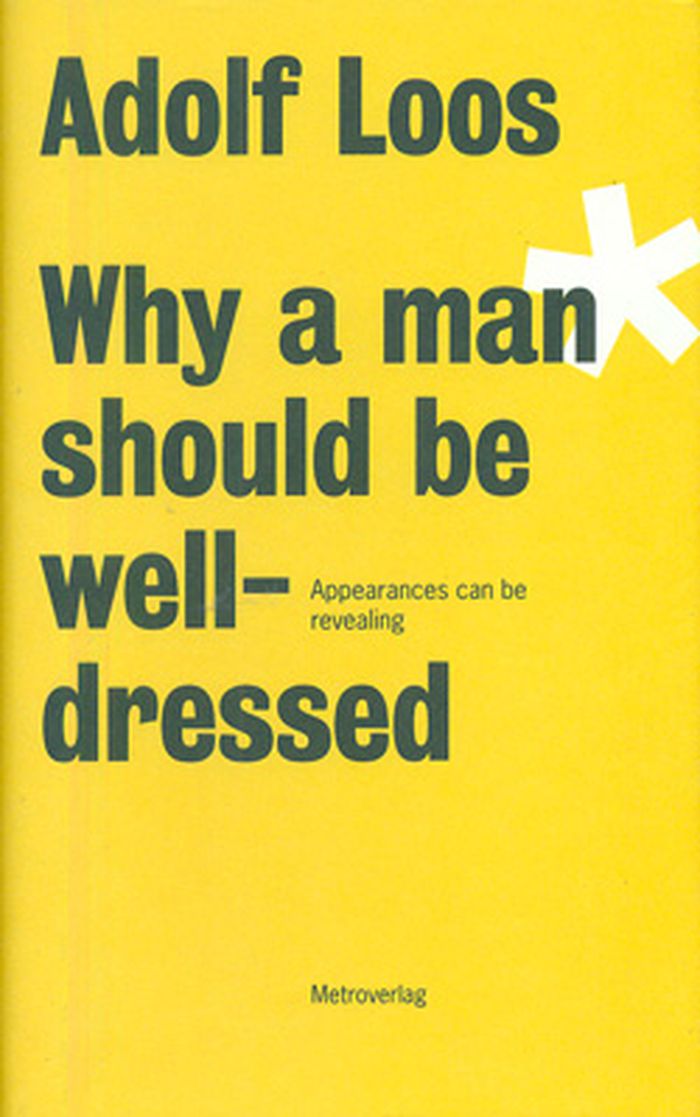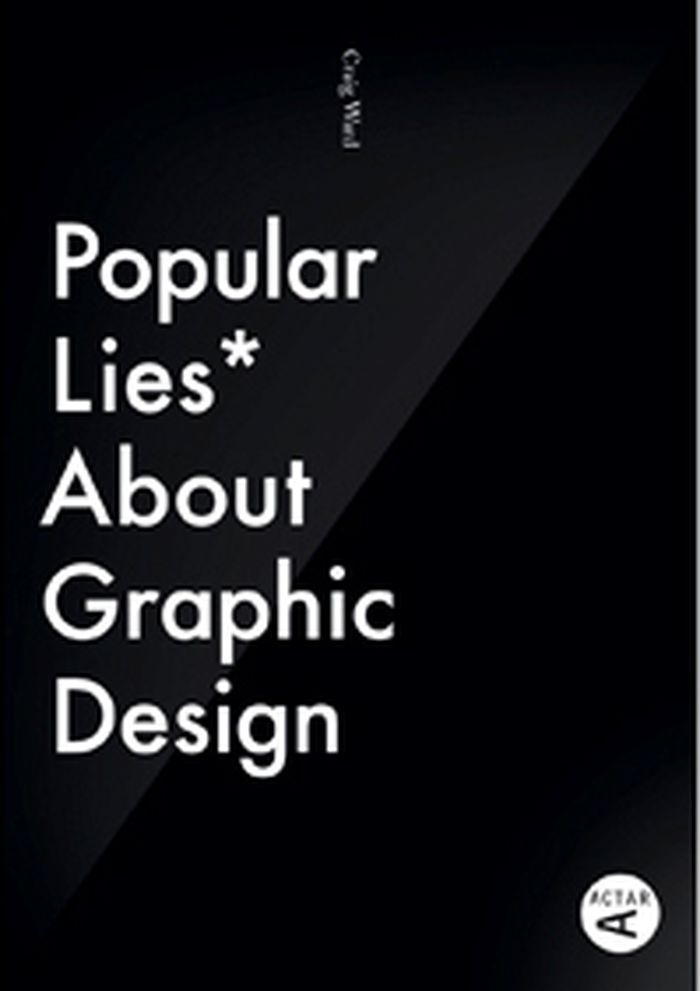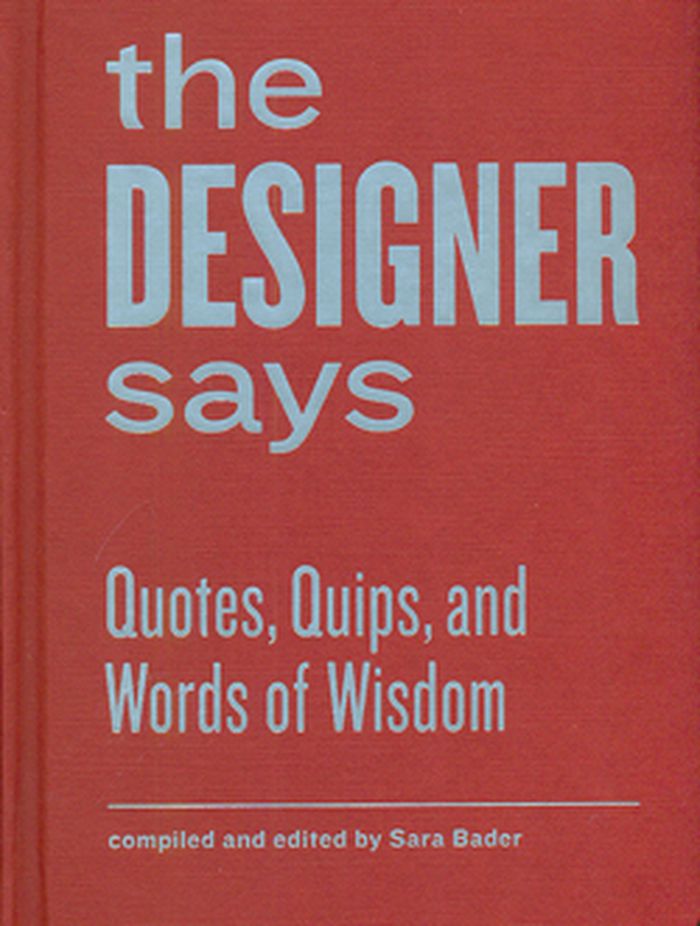$32.95
(available to order)
Summary:
The “objective” world is one of facts, data, and actuality. The world of the “nonobject” is about perception, experience, and possibility. In Nonobject product design meets philosophy, poetry, and the theater of the imagination. Branko Lukic and Barry Katz imagine what would happen if design started not from the object but from the space between people and the objects(...)
Nonobject
Actions:
Price:
$32.95
(available to order)
Summary:
The “objective” world is one of facts, data, and actuality. The world of the “nonobject” is about perception, experience, and possibility. In Nonobject product design meets philosophy, poetry, and the theater of the imagination. Branko Lukic and Barry Katz imagine what would happen if design started not from the object but from the space between people and the objects they use. The “nonobject,” they explain, is the designer’s personal experiment to explore our relation to the observable world.
Design Theory
Foundation design studio
$50.00
(available to order)
Summary:
What is design? How is design taught? What is the starting point for a design course? Is there a clear method for teaching design? In this volume, professor Gilead Duvshani engages these questions, introducing a unique perspective on teaching the fundamentals of design. Foundation Design stresses the link between creativity and the ability to imagine and express a(...)
Foundation design studio
Actions:
Price:
$50.00
(available to order)
Summary:
What is design? How is design taught? What is the starting point for a design course? Is there a clear method for teaching design? In this volume, professor Gilead Duvshani engages these questions, introducing a unique perspective on teaching the fundamentals of design. Foundation Design stresses the link between creativity and the ability to imagine and express a personal narrative.
Design Theory
Identités visuelles
$46.95
(available to order)
Summary:
Les six essais qui composent cet ouvrage portent sur des sujets apparemment très différents : des logos, un "total look", un concept de magasin et un couteau. Si ces objets sont ici soumis à une analyse sémiotique, c'est qu'ils illustrent, au-delà de leur commune appartenance à la culture matérielle contemporaine, un même mode de production du sens.
Identités visuelles
Actions:
Price:
$46.95
(available to order)
Summary:
Les six essais qui composent cet ouvrage portent sur des sujets apparemment très différents : des logos, un "total look", un concept de magasin et un couteau. Si ces objets sont ici soumis à une analyse sémiotique, c'est qu'ils illustrent, au-delà de leur commune appartenance à la culture matérielle contemporaine, un même mode de production du sens.
$36.95
(available in store)
Summary:
Throughout his life Adolf Loos raised his eloquent voice against the squandering of fine materials, frivolous ornamentation and unnecessary embellishments. His admirers consider him to be the inspiration for all modern architecture. Yet, few are acquainted with his amusing, incisive, critical and philosophical literary work reflecting on applied design and the essence of(...)
Adolf Loos: why a man should be well-dressed
Actions:
Price:
$36.95
(available in store)
Summary:
Throughout his life Adolf Loos raised his eloquent voice against the squandering of fine materials, frivolous ornamentation and unnecessary embellishments. His admirers consider him to be the inspiration for all modern architecture. Yet, few are acquainted with his amusing, incisive, critical and philosophical literary work reflecting on applied design and the essence of clothing in fin de siècle Vienna. Adolf Loos often had a radical, yet innovative outlook on life that made him such a nuisance for many of his contemporaries. His provocative musings on many subjects portray him as a man of varied interests and intellectual refinement as well as possessing a keen sense of style, which still has value today. For the first time the ‘Loos Dress Code’ is available in English. Included is a short social/historical look as the birth of Modernism in Adolf Loos’ Vienna.
Design Theory
$21.00
(available to order)
Summary:
Multi award-winning designer and typographer, Craig Ward, presents his first self-authored book, Popular Lies About Graphic Design. An attempt to debunk various misconceptions, half truths and, in some cases, outright lies which permeate the industry of design. Written both passionately and irreverently, Ward pulls from his ten years of experience to tackle lighter(...)
Popular lies about graphic design
Actions:
Price:
$21.00
(available to order)
Summary:
Multi award-winning designer and typographer, Craig Ward, presents his first self-authored book, Popular Lies About Graphic Design. An attempt to debunk various misconceptions, half truths and, in some cases, outright lies which permeate the industry of design. Written both passionately and irreverently, Ward pulls from his ten years of experience to tackle lighter subjects such as design fetishists, Helvetica’s neutrality and urgent briefs, alongside discussions on more worthy topics such as the validity of design education, the supposed death of print, client relationships and pitch planning. In addition, the book features contributions from more than a dozen established practitioners such as Milton Glaser, Stefan Sagmeister, Christoph Niemann and David Carson
Design Theory
Conditional design workbook
$24.95
(available to order)
Summary:
“Conditional Design” is the name of a new design ethos formulated by graphic designers Luna Maurer, Jonathan Puckey and Roel Wouters, and artist Edo Paulus. It espouses a working method that involves drawing up arbitrary constraints and rules of play, fostering both a strongly collaborative spirit and unpredictable end results. Its workbook format organizes the material(...)
Conditional design workbook
Actions:
Price:
$24.95
(available to order)
Summary:
“Conditional Design” is the name of a new design ethos formulated by graphic designers Luna Maurer, Jonathan Puckey and Roel Wouters, and artist Edo Paulus. It espouses a working method that involves drawing up arbitrary constraints and rules of play, fostering both a strongly collaborative spirit and unpredictable end results. Its workbook format organizes the material step by step, and the publication as a whole provides exciting ways for others - groups of children as well as artists and designers - to apply the method themselves. In accompanying essays, Andrew Blauvelt elaborates on the implications of such processes for art and design, and Koert van Mensvoort describes how Conditional Design could form the basis for the design and organization of the city of Zhiango, China, in 2050.
Design Theory
$34.95
(available to order)
Summary:
Energized by the conflicting love and hatred people have for neon, Flickering Light explores its technological and intellectual history, from the discovery of the noble gas in late nineteenth-century London to its fading popularity today.
Flickering light : a history of neon
Actions:
Price:
$34.95
(available to order)
Summary:
Energized by the conflicting love and hatred people have for neon, Flickering Light explores its technological and intellectual history, from the discovery of the noble gas in late nineteenth-century London to its fading popularity today.
Design Theory
$17.95
(available to order)
Summary:
The Designer Says is a compendium of quotations from more than one hundred of history's leading practitioners. Paired on page spreads like guests at a dinner party, a designer from the nineteenth century might sit next to one working today or two contemporary designers may strike up a conversation.
The designers says: quotes, tips, and words of wisdom
Actions:
Price:
$17.95
(available to order)
Summary:
The Designer Says is a compendium of quotations from more than one hundred of history's leading practitioners. Paired on page spreads like guests at a dinner party, a designer from the nineteenth century might sit next to one working today or two contemporary designers may strike up a conversation.
Design Theory
A flower with love
$19.95
(available to order)
Summary:
In A Flower with Love, Bruno Munari lets us in on the secret: "...what really matters is the love with which a little daisy, a lavender sprig or some moss are chosen, that one there in particular and not that other one." With full-color images, we learn that flower arranging is not an obscure art but a natural gesture requiring more care and imagination than money.(...)
A flower with love
Actions:
Price:
$19.95
(available to order)
Summary:
In A Flower with Love, Bruno Munari lets us in on the secret: "...what really matters is the love with which a little daisy, a lavender sprig or some moss are chosen, that one there in particular and not that other one." With full-color images, we learn that flower arranging is not an obscure art but a natural gesture requiring more care and imagination than money. Munari's examples are not to be copied slavishly; they represent examples to aid the reader in uncovering their own natural aesthetic sensibilities.
$36.95
(available in store)
Summary:
Wim Wauman, known for his still life photographs, invited fellow artists and cultural practitioners to contribute meaningful objects to his “Paraphernalia” project, resulting in a collection of 171 objects with which he created and photographed 21 compositions in his studio. These odd still lifes resonate with historical visual traditions and alchemy, asking observers to(...)
Wim Wauman: paraphernalia, on the status of inspirational objects
Actions:
Price:
$36.95
(available in store)
Summary:
Wim Wauman, known for his still life photographs, invited fellow artists and cultural practitioners to contribute meaningful objects to his “Paraphernalia” project, resulting in a collection of 171 objects with which he created and photographed 21 compositions in his studio. These odd still lifes resonate with historical visual traditions and alchemy, asking observers to make individual interpretations and connections. In this publication, each object is connected to its respective donor and therefore his or her artistic strategy. It includes commentary from the artists about their contributions, a critical essay by Stefaan Vervoort about the project, and a personal manifesto by Wauman.









